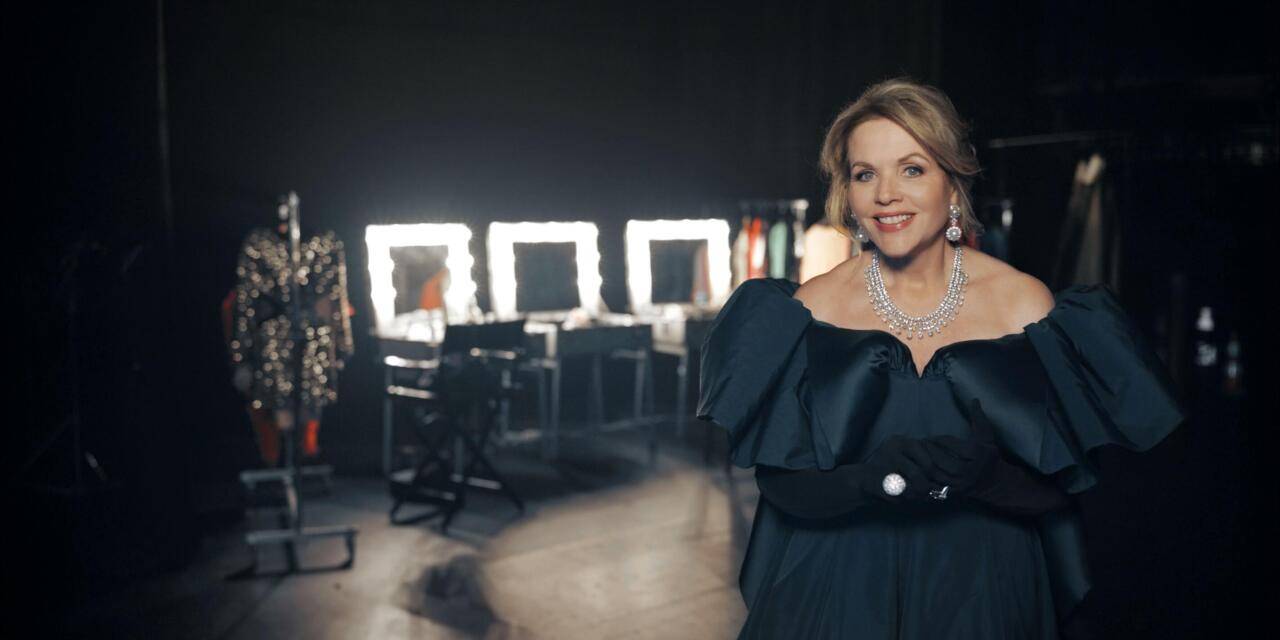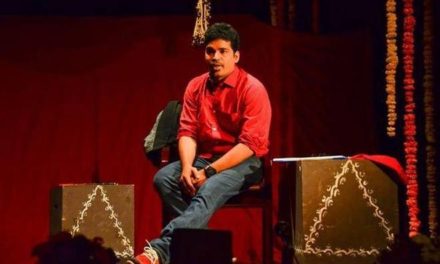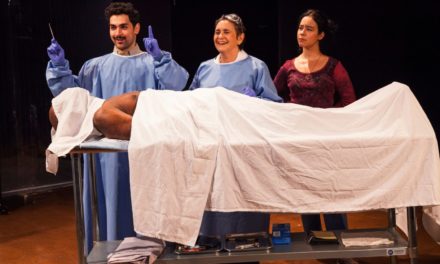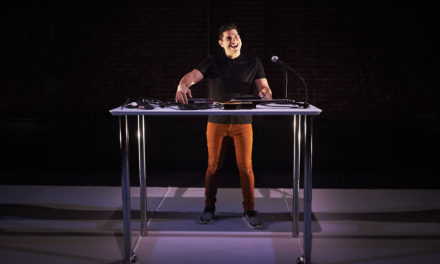Grammy winner Renée Fleming recently appeared in the two-part immersive opera series Cities That Sing directed by François-René Martin and produced by Tripp Hornick and Elmar Kruse. As the title suggests, the city takes center stage here and is being perceived through the lens of opera and the vibrant cultures that surround it. The manifold showcase of each city’s sights, culture, history, and cuisine is truly a feast for the eyes and ears. Both films enjoy a one-day screening in selected IMAX and Fathom theatres on August 26 and September 16 respectively.
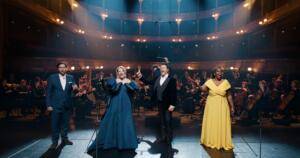
Alexandre Duhamel, Renée Fleming, Piotr Beczala, Axelle Fanyo. Photo Credit: Unison Media & IMAX
In the first of the immersive productions, Cities That Sing – Paris, Fleming is joined by luminaries including tenor Piotr Beczala, soprano Axelle Fanyo, and baritone Alexandre Duhamel at the Théâtre du Châtelet. Before each performance, she introduces famous numbers drawn from operatic classics, some of which are easily recognizable to everyone: Verdi’s La Traviata; Offenbach’s Les Contes d’Hoffmann; Massenet’s Manon and Werther; Gounod’s Faust; Bizet’s Carmen and Les pêcheurs de perles. Besides operatic numbers, Delibes’ song “Les Filles De Cadix” and Debussy’s renowned Claire de Lune are also featured.

Renée Fleming in conversation with opera director Robert Carsen. Photo Credit: Unison Media & IMAX
The elaborate camerawork flows seamlessly from opera numbers and songs to Fleming’s remarks on Paris’ fashion scene, and her conversation with opera director Robert Carsen. They share reflections on how Paris represents the perfect melding of art, architecture, music, and fashion, and the very multimodality of opera reflects the coming together of these diverse influences. The film concludes resoundingly with the opening operatic number, “Libiamo ne’ lieti calici” from La Traviata.
The second of the series Cities That Sing – Venice features Fleming starring alongside tenor Francesco Meli, baritone Mattia Olivieri, and mezzo-soprano Paola Gardini at the Teatro La Fenice. A sampling of opera classics are showcased, most notably Monteverdi’s L’incoronazione di Poppea, Rossini’s Il barbiere di Siviglia, Verdi’s La Traviata and Rigoletto, Puccini’s Tosca and Gianni Schicchi, alongside Puccini’s contemporary (and archrival) Ruggero Leoncavallo who has also composed his own La bohème. The brilliance of the camerawork is best captured in Mattia Olivieri’s performance of “Largo al factotum” from Rossini’s Il barbiere di Siviglia.
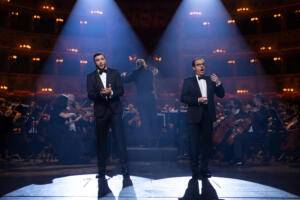
Mattia Olivieri and Francesco Meli. Photo Credit: Unison Media & IMAX
A similar concept is at play here—operatic numbers are interwoven with Fleming’s reflection on the city of Venice. In the second series, she sits down with Fortunato Ortombina, artistic director of the La Fenice Theatre to discuss how the theater, which boasts premieres of La Traviata and Rigoletto, is able to foster intimacy with its audience members. Fleming is also joined by Venetian art historian Guerrino Lovato who talks about how he rebuilt La Fenice Theatre after the 1996 fire, by recreating reliefs and clay models for the theater’s interior decoration from photographs.
The overall artistic vision of this two-part audiovisual feast is exquisitely realized and makes a significant contribution by foregrounding the important roles of the director, designer, and art historian in the broader culture of opera. The overarching concept further bears resemblance to the Met’s popular Live in HD movie-theater broadcasts, which have already impacted opera with its renewed emphasis on theatricality, and the promotion of greater accessibility of opera.
This post was written by the author in their personal capacity.The opinions expressed in this article are the author’s own and do not reflect the view of The Theatre Times, their staff or collaborators.
This post was written by Jingyi Zhang.
The views expressed here belong to the author and do not necessarily reflect our views and opinions.

